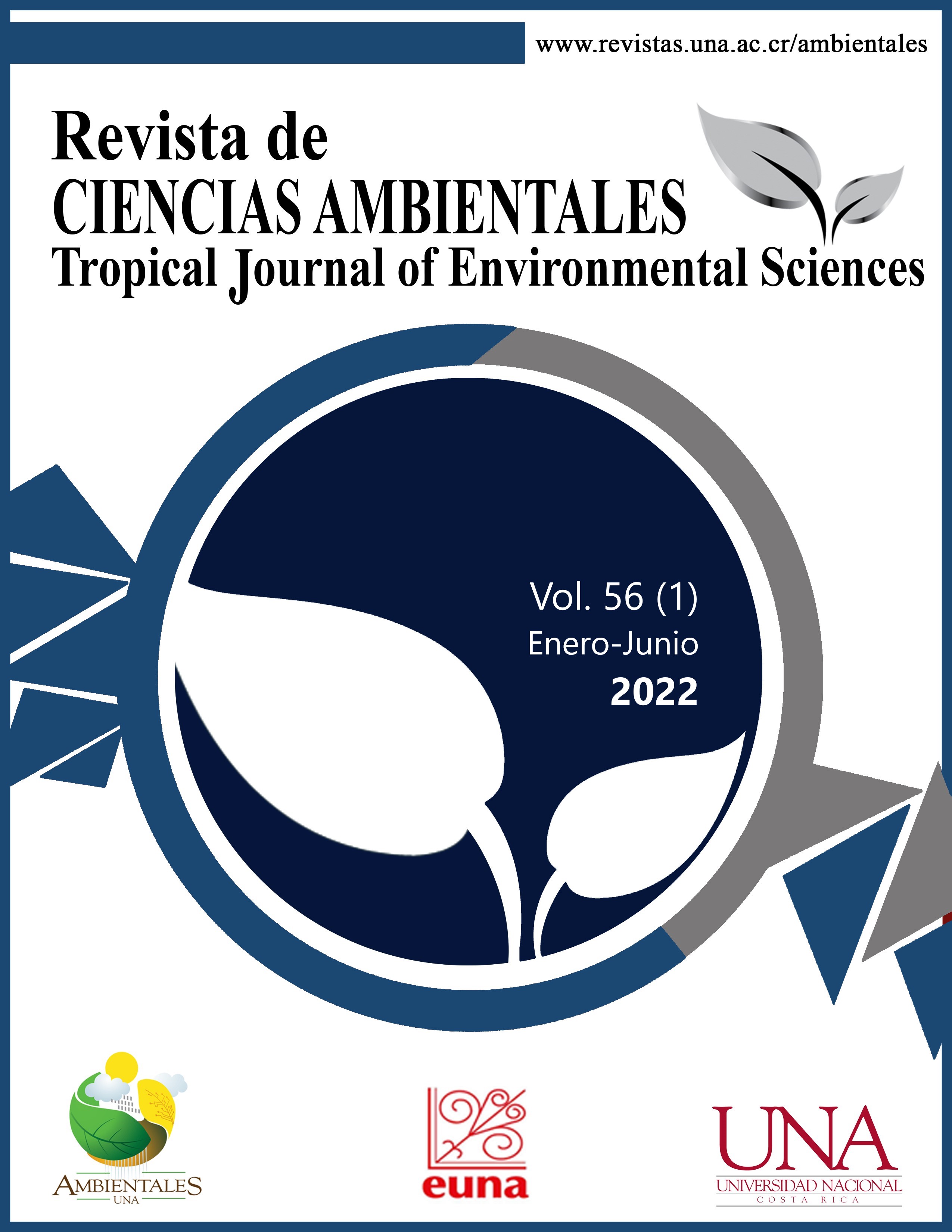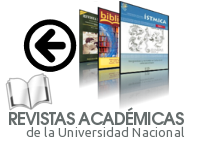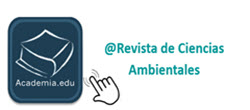The gestation and culmination of the Manual de Plantas de Costa Rica, a tool for the knowledge and conservation of the neotropical flora
DOI:
https://doi.org/10.15359/rca.56-1.14Keywords:
biodiversity; botanists; Handbook of plants; para-taxonomists.Abstract
The Manual of Plants of Costa Rica has been perhaps the most important work in the field of natural sciences published in Costa Rica in recent decades. This project, which started in the mid-80s of the previous century and concluded with its eighth volume at the end of 2020, had as its main objective to catalog the plants of Costa Rica, for which it was nourished by a rich history and an intense botanical exploration that was born several centuries ago. Two Costa Rican institutions, the National Museum of Costa Rica and the National Institute of Biodiversity, opened their doors to the Missouri Botanical Garden so that together they could consolidate and finally conclude this work so valuable for the country, for Costa Ricans and for all of Tropical America. It describes the more than 9 000 species of seed plants in 237 families that occur in the country, although today there are more than 11 000 species if we include the group of ferns and their allies. This high diversity of plant species in such a small area makes Costa Rica a highly biodiverse country from the floristic point of view.
References
Alvarado, G.E. & Cárdenas, G. (2016). Geology, tectonics, and geomorphology of Costa Rica: A natural history approach. Costa Rican Ecosystems. Chapter 3. 30-63. https://doi.org/10.7208/chicago/9780226121642.003.0003
Bogarín D.; Pupulin, F.; Smerts, E. & Gravendeel, B. (2016). Evolutionary diversification and historical biogeography of the Orchidaceae in Central America with emphasis on Costa Rica and Panama. Lankesteriana 16(2), 189-200. https://doi.org/10.15517/lank.v16i2.26005
Burger, W.C. (1980). Why are so many kinds of flowering plants in Costa Rica? Brenesia 17: 71-88.
Dressler, R. (2003). Orchidacaeae (Pp. 1-595). In B.E. Hammel, M.H. Grayum, C. Herrera y N. Zamora editores, Manual de Plantas de Costa Rica. Vol. III. Monocotiledóneas (Orchidaceae–Zingiberaceae). Monogr. Syst. Bot. Missouri Bot. Gard. 93: 1–884.
Gámez, R., León, P. & Hilje, L. (2021). La biodiversidad de Costa Rica en dos siglos de vida independiente, y una mirada hacia el tricentenario. Revista del Archivo Nacional de Costa Rica, 85, 1-44.
Gómez, L.D. (1986). Vegetación de Costa Rica, Apuntes para una Biogeografía costarricense. Volumen 1. Editorial Universidad Estatal a Distancia. San José, Costa Rica. 327 p.
Grayum, M. H. (1991). Botanical exploration of the eastern Cordillera de Talamanca, Costa Rica. Res. & Explor. Washington, DC 7: 495–496.
Hammel, B.E., M.H. Grayum, C. Herrera y N. Zamora editores. (2004). Manual de Plantas de Costa Rica. Vol. I. Introducción. Monogr. Syst. Bot. Missouri Bot. Gard. 97: 1-299.
Hilje, L. 2013. Trópico agreste; la huella de los naturalistas alemanes en la Costa Rica del siglo XIX. Editorial Tecnológica de Costa Rica. Cartago, Costa Rica. 868 p.
Jiménez, Q. (1999). Consideraciones para el manejo y conservación de 18 especies forestales vedadas en Costa Rica. Guaiacum sanctum L. (Guayacán real) un caso particular de estudio. Tesis Msc. Universidad Internacional de Andalucía, España. 163 p.
Jiménez, Q. & M. H. Grayum. (2002). Vegetación del Parque Nacional Carara, Costa Rica. Brenesia 57-58: 25–66.
Kappelle, M. (2016). Setting the Stage. Costa Rican Ecosystems. Chapter 1. 3-16. https://doi.org/10.7208/chicago/9780226121642.001.0001
Obando, V. (2002). Biodiversidad en Costa Rica: Estado del Conocimiento y Gestión. Santo Domingo de Heredia, Costa Rica. Instituto Nacional de Biodiversidad (INBio). 81 p.
Ulloa, C.; Acevedo-Rodríguez, P.; Beck, S.; Belgrano, M.; Bernal, R.; Berry, P.; Brako, L.; Celis, Marcela; Davidse, G.; Forzza,R.; Gradstein, R.; Hokche, O.; León, B.; León-Yánez,S.; Magill,R.; Neill, D.; Nee, M.; Raven, P.; Stimmel, H.; Strong, M.; Villaseñor, Zarucchi, J.; Zuloaga, F.; Jørgensen, P. (2017). Integrated assessment of the vascular plant species of the Americas. Science 358: 1614–1617. https://doi.org/10.1126/science.aao0398
Valerio, C.E. (2006). Costa Rica: ambiente y biodiversidad. Editorial Instituto Nacional de Biodiversidad (INBio). Heredia, Costa Rica. 151 p.
Published
How to Cite
Issue
Section
License

This work is licensed under a Creative Commons Attribution-NonCommercial-ShareAlike 4.0 International License.



















